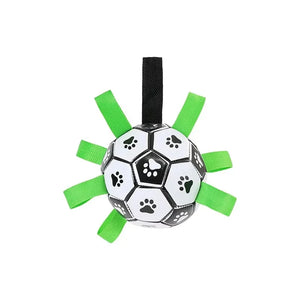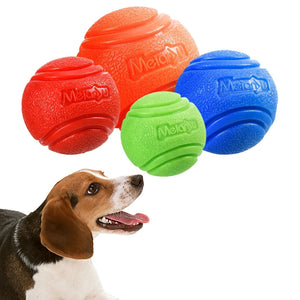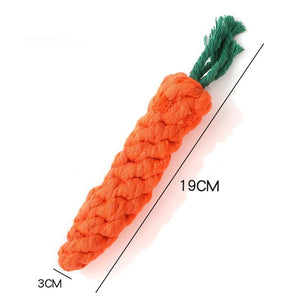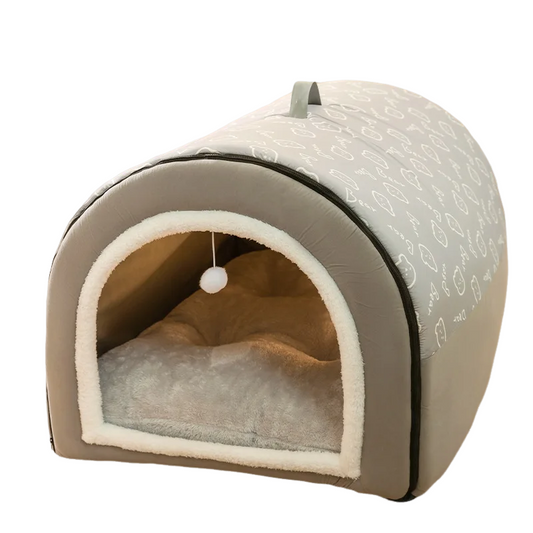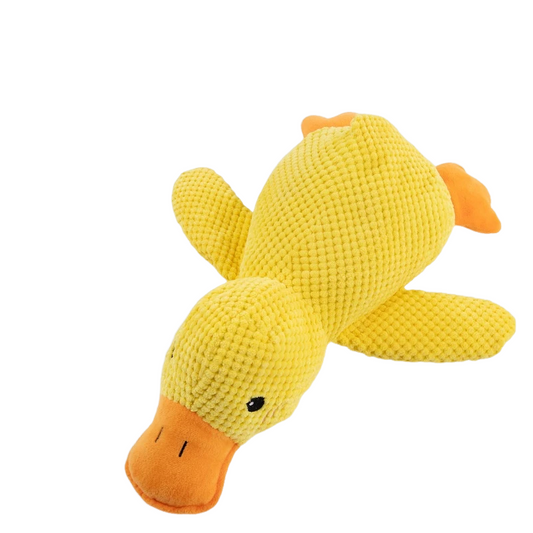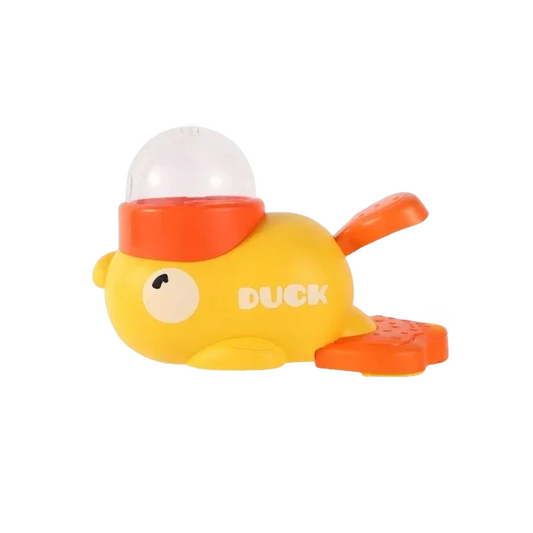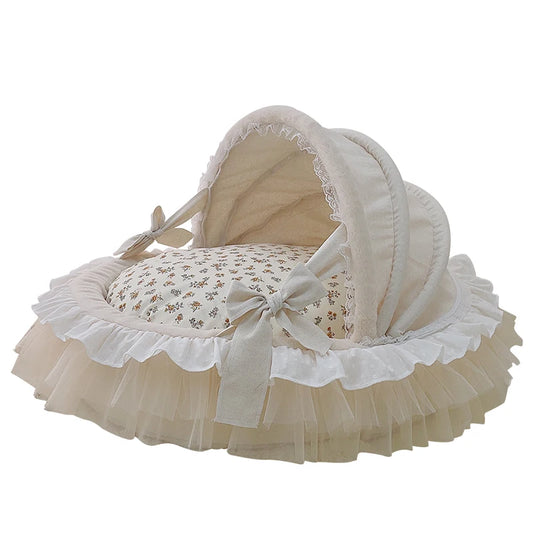Introduction
Dogs have varying exercise needs based on their breed, size, age, and activity level. Customizing exercise plans for them ensures better health, mental stimulation, and a happier life. Active breeds require vigorous workouts, while less active ones thrive with moderate activities. This comprehensive guide will help you create personalized fitness routines for both energetic and laid-back dogs, ensuring your furry companions remain healthy and content.
1. Tailored Exercise Plans for Active Dog Breeds
Some dogs have boundless energy, requiring rigorous daily exercise. Without proper outlets for their energy, these breeds can become restless, anxious, or develop behavioral issues. Below are suggestions for active dog breeds that need both physical and mental stimulation to stay balanced:
1.1 Herding Dogs (e.g., Border Collies, Australian Shepherds)
Herding dogs are known for their intelligence, agility, and high energy levels. These dogs need a mix of vigorous exercise and mental challenges to keep them satisfied.
-
Exercise Time & Intensity: At least 2 hours of high-intensity exercise daily, including running, frisbee, and obstacle courses. These activities will help them burn off energy and provide the mental engagement they crave.
-
Training & Stimulation: Herding dogs excel in agility courses, where they can use their intelligence and speed to tackle various challenges. Changing up training routines and teaching new commands regularly can help prevent boredom.
1.2 Labrador Retrievers and Golden Retrievers
Retrievers are known for their friendly demeanor and high endurance. They enjoy a range of outdoor activities, from long hikes to swimming and fetch games.
-
Exercise Time & Intensity: At least 1.5 hours of moderate to intense exercise daily, including walking, running, and swimming.
-
Water Activities: Since retrievers love water, incorporating swimming into their routine can be a great way to give them a full-body workout while keeping them happy.
1.3 Siberian Huskies and Alaskan Malamutes
These sled dogs are built for endurance, with a strong drive to run and pull. They thrive in cold climates and need plenty of space for exercise.
-
Exercise Time & Intensity: At least 2 hours of long-distance running or hiking daily. These breeds need room to run and prefer cooler temperatures.
-
Sled Training: For owners in cold climates, sledding or urban mushing can tap into the Husky’s natural instincts, providing a great outlet for their energy.
1.4 Beagles
Beagles are curious, scent-driven hounds that love exploring their environment. They require regular exercise and mental stimulation to stay happy and healthy.
-
Exercise Time & Intensity: At least 1 hour of walking, running, and sniffing games per day. Beagles love exploring new environments and following scents.
-
Scent Games: Engage their natural hunting instincts with tracking games or scent trails. Hide treats or toys and let them use their keen sense of smell to locate them.

2. Exercise Plans for Less Active Dog Breeds
Less active dog breeds may not need as much intense exercise, but regular physical activity is still important for maintaining health and preventing weight gain. Here’s how to create exercise routines for these laid-back breeds:
2.1 Pugs
Pugs are low-energy dogs that enjoy short walks and bursts of play. However, they’re prone to breathing issues, so their exercise routines should be carefully managed.
-
Exercise Time & Intensity: 20-30 minutes of light walking daily, divided into two short sessions to avoid overheating, especially in hot weather.
-
Indoor Play: Pugs enjoy short bursts of play indoors, such as chasing small toys or engaging in short, gentle tug-of-war games.
2.2 French Bulldogs
French Bulldogs are affectionate and playful but tire easily, especially in warm conditions. They need gentle, controlled exercise to avoid respiratory distress.
-
Exercise Time & Intensity: 30 minutes of low-intensity walks or play daily. Avoid high-impact activities like running, as their bodies aren’t built for strenuous exercise.
-
Indoor Activities: French Bulldogs enjoy interactive toys and light play indoors. Puzzle toys can be a great way to keep them mentally stimulated without overexerting them.
2.3 Shar Peis
Shar Peis are calm and laid-back, with lower energy levels. They’re content with a moderate amount of exercise and enjoy quiet activities.
-
Exercise Time & Intensity: 30 minutes of walking daily, split into two shorter sessions. They don’t require high-intensity activities but benefit from regular walks to maintain mobility.
-
Interactive Play: Gentle indoor games, such as fetch with soft toys, help keep them entertained without pushing their physical limits.
2.4 Bullmastiffs
Bullmastiffs are large, gentle giants with a calm demeanor. They don’t need intense exercise but still require daily movement to maintain a healthy weight.
-
Exercise Time & Intensity: 30 minutes of low-impact walking each day. Avoid long-distance running or high-impact activities due to their large size and potential joint issues.
-
Gentle Play: Bullmastiffs enjoy short, calm play sessions. Engaging them in slow-paced fetch or tug-of-war can help them stay active without overstraining their joints.

3. Exercise Considerations for Senior Dogs
As dogs age, their energy levels and mobility decrease, but exercise remains essential for their overall health. Here’s how to safely exercise senior dogs based on their needs:
-
Short Walks: For senior dogs, 20-30 minutes of gentle walking daily helps maintain joint health and mobility. Be mindful of their pace and avoid strenuous activity that could aggravate arthritis or joint pain.
-
Water Therapy: For older dogs with joint issues, swimming or water therapy offers low-impact exercise that supports muscle tone without putting stress on the joints.
-
Mental Stimulation: Senior dogs benefit from gentle mental stimulation, such as puzzle toys or scent games, to keep their minds sharp and prevent cognitive decline.
4. General Exercise Guidelines for All Dog Breeds
Regardless of the breed, all dogs need exercise to maintain physical and mental health. Here are some universal guidelines to consider when developing an exercise routine:
4.1 Consistency is Key
Whether your dog is highly active or prefers a more relaxed pace, regular daily exercise is crucial for maintaining health. Establishing a routine helps prevent weight gain, reduces the risk of obesity-related diseases, and improves mental well-being.
4.2 Mental Stimulation Matters
Physical activity should be paired with mental stimulation, particularly for intelligent and active breeds. Incorporate activities like obedience training, agility courses, and scent games to keep your dog mentally sharp.
4.3 Know When to Rest
Exercise should be adapted to your dog’s needs and limitations. For short-nosed (brachycephalic) breeds like Pugs and Bulldogs, avoid overexertion, especially in hot weather. For large breeds like Mastiffs, prevent high-impact activities that may cause joint damage.
4.4 Monitor Weight and Health
Regularly assess your dog’s weight and overall health, adjusting exercise routines based on age, energy levels, and any existing medical conditions. Consult your vet if you’re unsure of how much exercise your dog should be getting, especially if they have health concerns.
Conclusion
Tailoring an exercise plan to your dog’s breed, age, and energy levels is essential for their long-term health and happiness. Active breeds thrive on high-intensity workouts and mental challenges, while less active breeds benefit from gentle, controlled activities. Regardless of your dog’s energy levels, a consistent routine of physical and mental stimulation will lead to a happier, healthier pet. By understanding your dog’s specific needs, you can ensure they live a balanced and fulfilling life, while also strengthening your bond with them.





